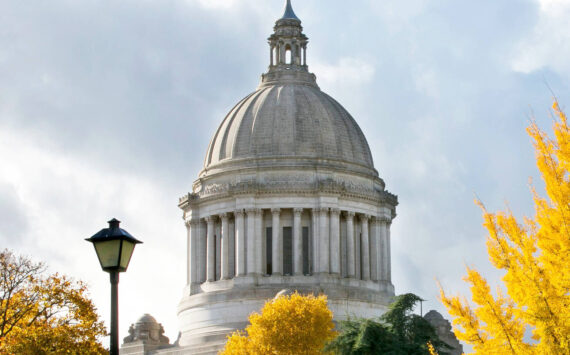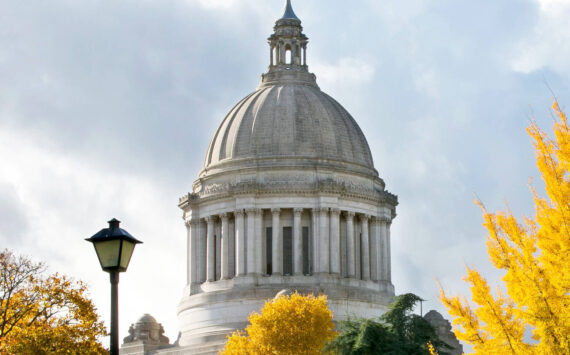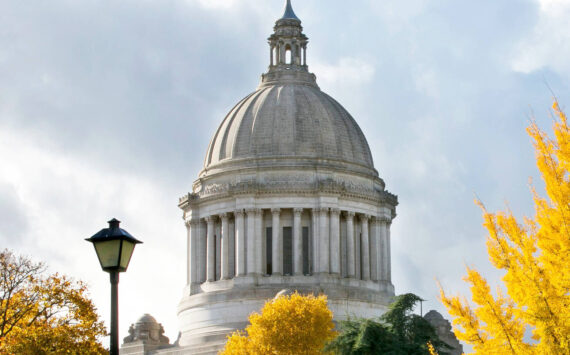Or stay at home and support your favorite local winery
By Morf Morford
Tacoma Daily Index
If it has been a while since you have ventured across the Cascades into Central and Eastern Washington, prepare to be amazed.
When many of us weren’t looking, our state became one of the largest wine producers in the world – and second in the USA.
And if you get the feeling that wineries have taken over every hill and field, you would not be far wrong – and if you get the feeling that it has happened suddenly, you wouldn’t be far wrong either. From 19 wineries (statewide) in 1981 to almost a thousand in 2018, it is hard to believe that an entire industry went from barely existing to contributing almost $5 billion to our state economy in just 30 years or so.
From Washington Wine:
Washington State Wine Fast Facts
National rank:
2nd largest premium wine producer in the United States
Number of wineries: 940+
Number of wine grape growers: 350+
Varieties produced: Nearly 70
Number of AVA’s: 14
Ratio of red to white:
64% red to 36% white
Wine production:
Approx. 17.5 million cases
Wine grape acreage: 55,000+ acres
Record harvest: 2016 with 270,000 tons
Most recent harvest: 2017 with 229,000 tons
Total Economic Impact: $4.8 Billion
Wine market segment:
Washington State is focused on the premium wine market segment (wines sold for $8 and higher).
Average hours of summer sunlight: 16 hours per day, about 1 more hour than California’s prime growing region
Annual rainfall: Eight inches (20.32 cm) in Eastern Washington (the major grape growing region) 35-38 inches (96 cm) in Western Washington
Wine Grape Acreage Growth
Acreage data provided by the Washington Association of Wine Grape Growers (WAWGG).
1993 – 11,100 acres (4,492 hectares)
1997 – 17,000 acres (6,880 hectares)
1999 – 24,000 acres (9,712 hectares)
2002 – 28,000 acres (11,331 hectares)
2003 – 29,000 acres (11,736 hectares)
2004 – 30,000 acres (12,140 hectares)
2005 – 30,000 acres (12,140 hectares)
2006 – 31,000 acres (12,545 hectares)
2007 – 31,000 acres (12,545 hectares)
2008 – 34,000 acres (13,759 hectares)
2009 – 36,000 acres (14,568 hectares)
2010 – 40,000 acres (16,187 hectares)
2011 – 43,000 acres (17,401 hectares)
2012 – 43,000 acres (17,401 hectares)
2013 – 50,000 acres (20,234 hectares)
2016 – 55,000 (22,257 hectares)
2017 – 55,000+ acres
Winery Growth
1981 – 19 wineries
1996 – 80 wineries
1997 – 101 wineries
1998 – 129 wineries
1999 – 160 wineries
2000 – 163 wineries
2001 – 170 wineries
2002 – 208 wineries
2003 – 240 wineries
2004 – 300 wineries
2005 – 360 wineries
2006 – 460 wineries
2007 – 540 wineries
2008 – 580 wineries
2009 – 650 wineries
2010 – 700 wineries
2011 – 740 wineries
2012 – 760 wineries
2013 – 800 wineries
2014 – 850 wineries
2015 – 890 wineries
2016 – 900 wineries
2017 – 900 wineries
2018 – 940+ wineries
Wine Production Growth
1985 – 17,000 tons
1996 – 35,000 tons
1997 – 62,000 tons
1998 – 70,000 tons
1999 – 70,000 tons
2000 – 90,000 tons
2001 – 100,000 tons
2002 – 115,000 tons
2003 – 112,000 tons
2004 – 107,000 tons
2005 – 110,000 tons
2006 – 120,000 tons
2007 – 127,000 tons
2008 – 145,000 tons
2009 – 156,000 tons
2010 – 160,000 tons
2011 – 142,000 tons
2012 – 188,000 tons
2013 – 210,000 tons
2014 – 227,000 tons
2015 – 222,000 tons
2016 – 270,000 tons
2017 – 229,000 tons
Last updated January 2018
******************
Editor’s note: you can get more details here – info@washingtonwine.org or plan your own winery tour with the help of this interactive map here – https://www.washingtonwine.org/explore/map.








